So, if swan choreography isn’t quite your thing, dance like a chicken! Thanks to some students from Yr 4/5 who conceded to ‘do the swan thing’ if they could ‘do the Chicken Dance’, 😄, the whole school now knows the correct moves for the Chicken Dance, and the safe and correct way to dance an ‘elbow swing’: way too much fun. The senior students are becoming more confident with their two part singing of short songs, and we have been preparing ‘Australians Let Us Stand as One’ for the Harmony Day assembly at the end of this month. Oliver, from 12A, has taught his Home Group to sing Frère Jacques in Serbian: brilliant job Oliver. Meanwhile, the Preps are steaming ahead with the ‘Teddy Bear’s Picnic’ song, and the choir is soaring through their first descant. As if this hasn’t been joy enough, I had a delightful evening sharing our djembe and steel tongue drums with our community at the School Expo.

Richard Gill, the outstanding musician and music educator, would remind us that music doesn’t tell a story, but rather it evokes a scenario, or ignites our imagination as we respond to the melody, rhythms and sounds of instruments and voices. A composer may well write a piece of music inspired by a roaring lion, and give the piece such a title, but if I were ask the students to listen to the piece without telling them anything about it, their imaginations would create numerous different scenarios, all exciting and meaningful to them.
Before the 5/6 students performed John Feierabend’s choreography to Camile Saint-Saën’s ‘Aquarium’, or were told what the music was that they were about to listen to, they were invited to relax, and observe how their imaginations responded to the sound world. Like the students from other year levels, they felt that the music resonated with the magical and mysterious sound tracks from Harry Potter movies. Other shared themes included light falling snow, dew twinkling in the morning light, or slow moving space craft in starry galactic skies. Banjo from 5/6 made the breathtaking comment that the music made him think of what a prisoner, who has just been freed from jail, might feel when released into the outside world and into nature. The students reflected on the two different listening experiences: the first of listening whilst seated with, maybe, eyes closed, and the second listening which included interacting with movement. Some students reflected that they heard more detail in the music when they were still, and found the movement distracting. Others felt the opposite and identified that gesture and movement helped them to stay focussed, and as a result they felt calmer and more relaxed. Tayma from 5/6 commented that she felt so free, it was as though her body was responding to the choreography on its own, as though she wasn’t ‘doing it’.
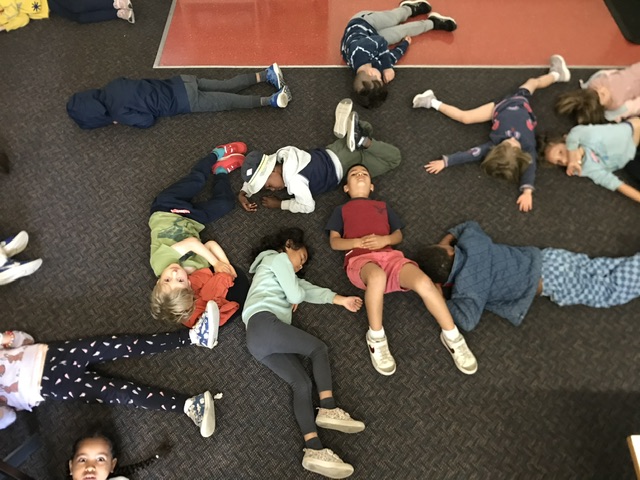
The French folk tune Frère Jacques is well known across the world. When people travel, melodies travel with them. As communities adopt melodies and songs from travellers, or people bring them home from journeys to far off places, the melodies and songs become integrated into their culture and don’t always stay the same. The oldest surviving manuscript of Frère Jacques dates back to 1770, but as with most tunes, it has most certainly been around for a lot longer. Each year as Harmony Day approaches, I like to hear from the students which version of Frère Jacques they know. Over the years we have found around 16 different translations of the song from the many cultures represented in our school community. Students have been proud and delighted to learn the song in new languages from each other, and discover that not everyone sings about a monk who has slept in through the bells for morning prayer. In a Chinese Cantonese version the lyrics are about opening a mosquito net and shooing away a mosquito with a fan, yet in Mandarin Chinese the song is about two tigers. In the Greek version the church bells wake everybody up, and in a completely different lyric, the Japanese song describes how the paper, scissors, rock hand gestures make a crab! It reminds me of the lyrics of last year’s Harmony Day song, ‘Though some things may be different, we’re children just the same, and we all like to sing and play.’ We are looking forward to Harmony Day which not only brings opportunities for us to share what this means to us, but through singing all together as a school community a song which is sung across our country, ‘Australians Let Us Stand as One’, we enact the this year’s theme for Harmony Day, ‘Everyone Belongs’.
If you have forgotten the moves for the Chicken Dance, here are the Preps to remind you! But wait!! Did you know that this was originally a Duck Dance? The Swiss accordion player Werner Thomas wrote the tune in the 1950s and performed it in many restaurants and ski lodges for decades. As a dance tune with no words, it was an instant hit, and no Bierhaus celebration was complete with out it. At the 1981 Oktoberfest celebration in Tulsa Oklahoma, the dancer wasn’t given a duck costume, but a chicken one instead, and the rest is history: bad luck ducks!

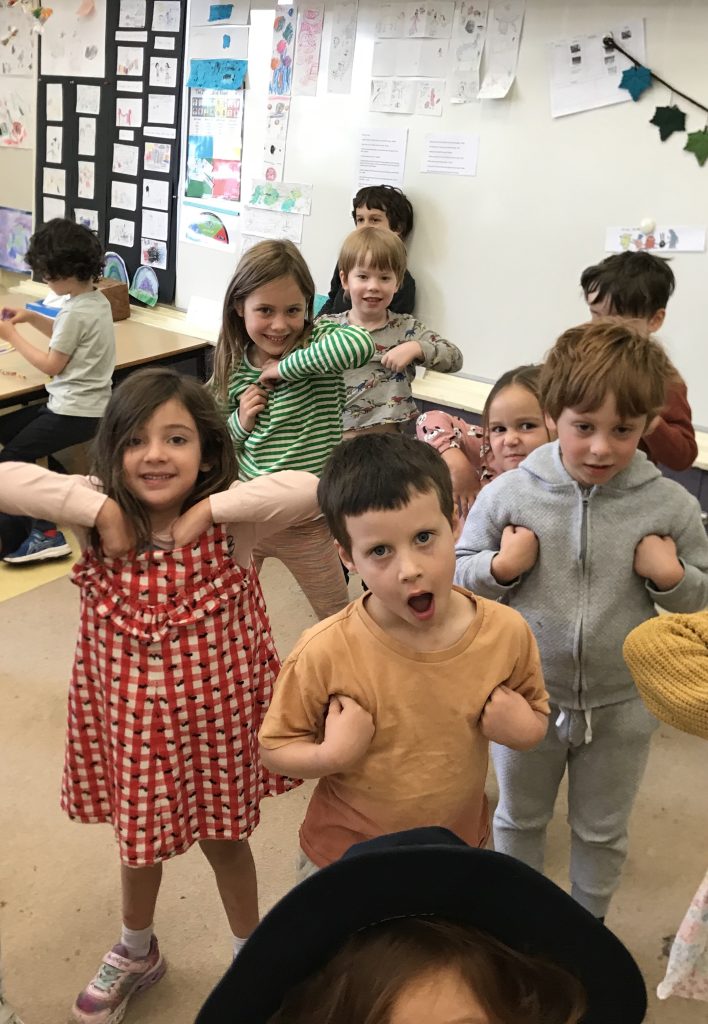
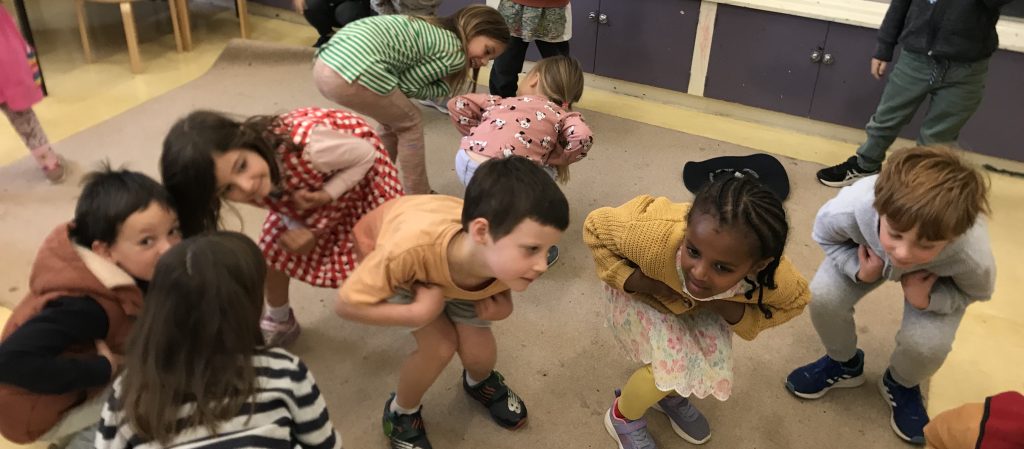
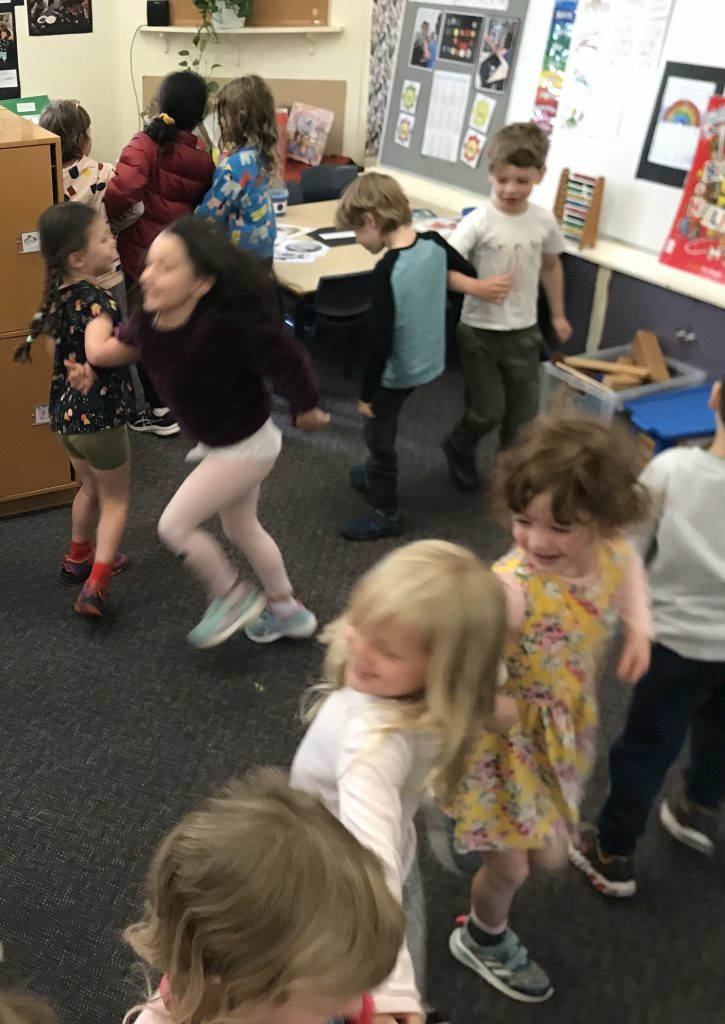
Thank you to all our families for taking the time to attend our School Expo. It was fabulous to see so many folk engaging with their child’s learning and joining in with the many activities that were being demonstrated. I had a delightful evening watching children and adults of all ages explore the soothing sound world of the steel tongue drums and spread the love of djembe rhythm. The word is out that the wonderful Kofi will be back to drum with us later this year. This will be Kofi’s fourth drumming workshop series for students across the school. We are delighted to continue the vision that students engage in an immersive drumming experience every two years so that by the time they graduate, they have a deep engagement with African Drumming and the culture of West Ghana. Rhythm and life are inseparable, all summed up in our heart beat. When you join in with a drumming group, lock into the beat and allow it move fluidly through your body you are nourishing mind, body, spirit and community.
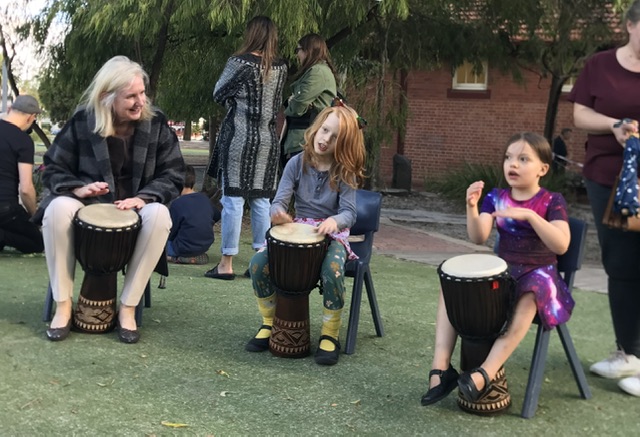
Thank you to everyone for lovely music making: have a great couple of weeks. Cheerio, Deb.